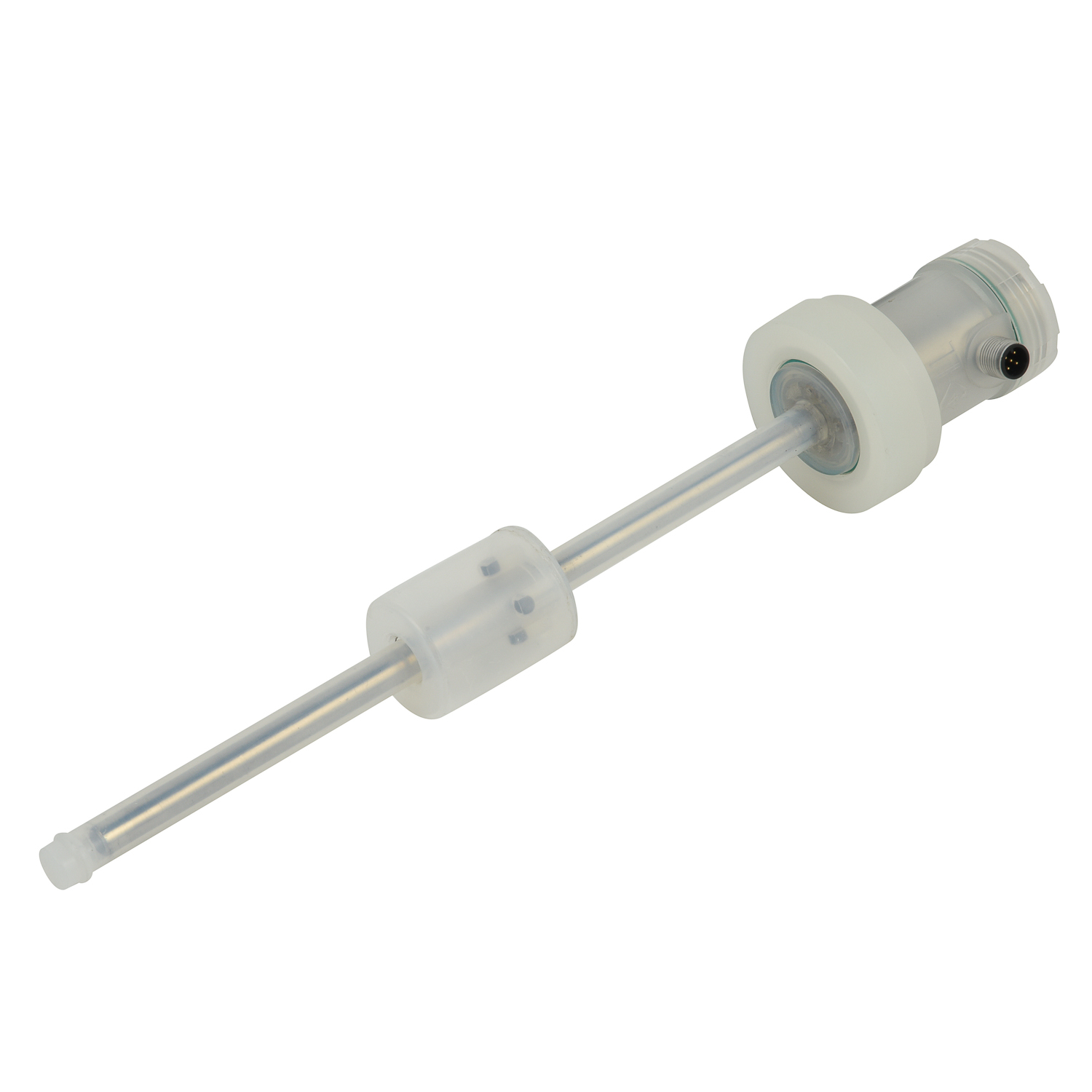What is the operating temperature range of magnetostrictive sensors?
What defines the operational boundaries of magnetostrictive sensors in extreme environments? The operating temperature range represents a critical specification that directly impacts sensor reliability, accuracy, and longevity across various industrial applications.
Standard Temperature Specifications for Industrial Sensors
Most commercial magnetostrictive sensors operate effectively within the -40°C to +85°C range, making them suitable for general industrial environments. This temperature bandwidth ensures stable performance while maintaining the structural integrity of the sensor components. Manufacturers achieve this range through carefully selected materials and engineering designs that account for thermal expansion coefficients.
The operating range is primarily constrained by the materials used in the sensor's construction. The magnetostrictive waveguide, typically made of ferromagnetic alloys, experiences changes in its magnetic properties at temperature extremes. Similarly, electronic components within the signal processing unit have their own thermal limitations that contribute to the overall operating parameters.

High-Temperature Performance Considerations
In elevated temperature environments exceeding 85°C, specialized magnetostrictive sensors employ advanced cooling mechanisms and heat-resistant materials. These high-temperature variants can operate up to 150°C through the use of ceramic components, specialized coatings, and thermal barrier technologies. The calibration stability remains compromised near upper limits, requiring additional compensation algorithms.
Low-Temperature Operational Challenges
When operating below -40°C, sensors face increased brittleness in materials and reduced responsiveness of electronic components. Low-temperature optimized sensors incorporate cold-resistant seals, special lubricants, and heating elements to maintain functionality down to -60°C. These modifications prevent condensation issues and maintain signal accuracy in freezing conditions.
The relationship between temperature and measurement accuracy follows a predictable curve, with optimal performance occurring within the central portion of the operating range. Modern sensors incorporate temperature compensation algorithms that adjust readings based on real-time thermal conditions, effectively extending their practical operating range beyond fundamental material limitations.
Environmental protection ratings such as IP67 and NEMA 4X often correlate with extended temperature capabilities, as the sealing methods that prevent moisture ingress also provide thermal insulation. The duration of exposure to extreme temperatures also factors into overall performance, with short-term excursions beyond nominal ranges being permissible in most designs.
Proper thermal management through heatsinks, cooling fins, or environmental enclosures can effectively extend the operational range for specific applications. Manufacturers provide detailed thermal derating curves that show how maximum operational parameters change across the temperature spectrum.
Understanding these thermal characteristics enables engineers to select appropriate sensors for specific applications, whether in climate-controlled environments or extreme industrial settings where temperature fluctuations are significant.
 UpgradingYourLevelMeasurementS
UpgradingYourLevelMeasurementS
 Why are magnetostrictive level
Why are magnetostrictive level
 ComparingMagnetostrictiveandRa
ComparingMagnetostrictiveandRa
 MagnetostrictiveLevelSensorfor
MagnetostrictiveLevelSensorfor
